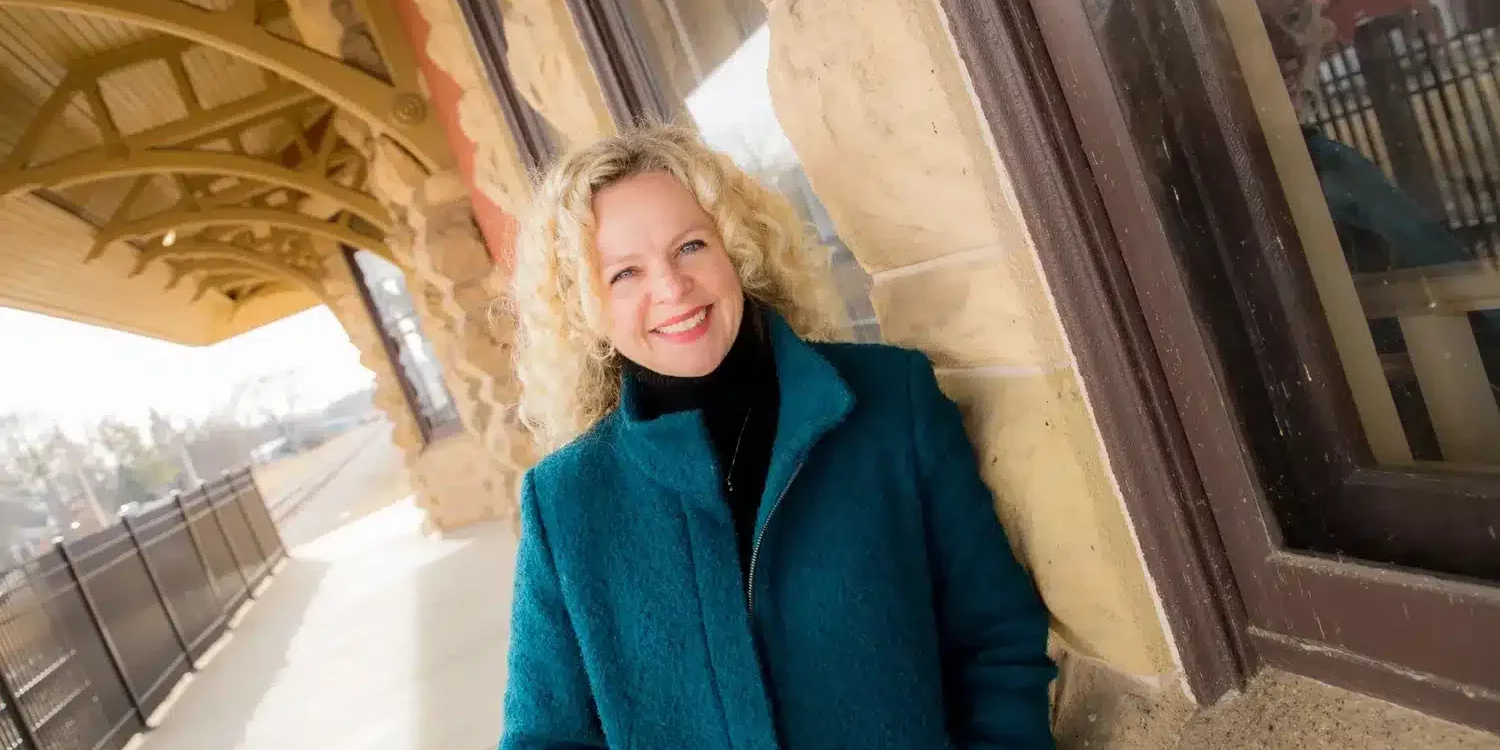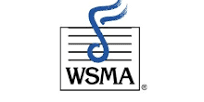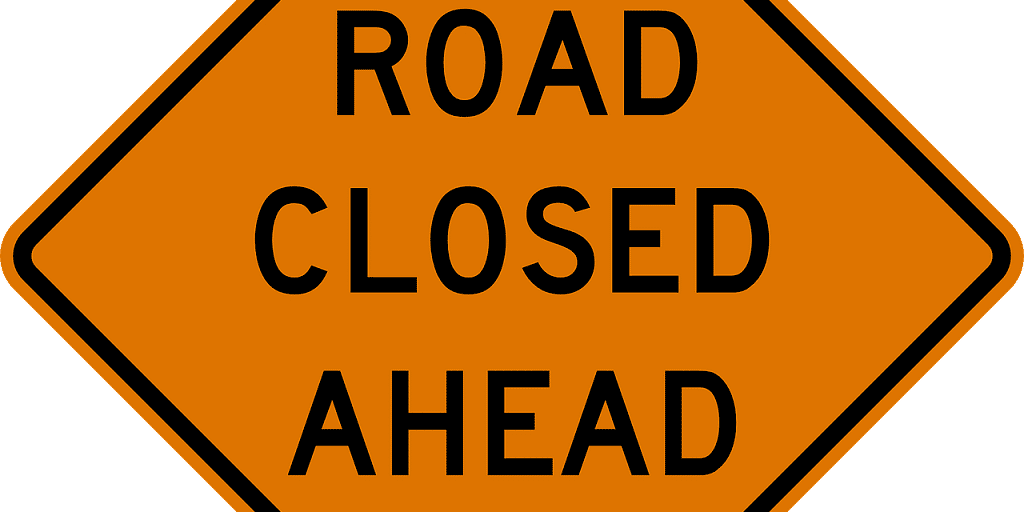Editor’s note, August 18: Mr. Osterbrink on this date sent an additional letter to the Banner, requesting clarification on the August 9 post on a few matters. This letter is posted below. Our use of the term “unsafe crossing” was in reference to the action of the father, not in reference to any issue with the railroad crossing itself. The Banner apologizes for misstating Patrick’s status as a retired railroad employee rather than “former.”
To the Editor, Whitewater Banner,
After reading the letter which I had sent you regarding railroad safety in the community, I needed to get back to you in regard to the title which was given to my post as it was printed in last week’s Banner so as to clarify the intent of my writing this letter in the first place.
The title of the post stated that I was concerned about an “unsafe crossing” in the vicinity of the City Market. This is not correct. What I was concerned about was the behavior of an individual which I had observed at this crossing in crossing the tracks with his small son in front of the train as it was approaching.
I want to make it very clear that I was NOT complaining about the crossing being unsafe as this is not the case. The Wisconsin & Southern Railroad does an excellent job of maintaining all of their crossings both here in Whitewater and across their entire system, in strict accordance with Federal Railroad Administration and Wisconsin Department of Transportation standards and the is absolutely NOTHING unsafe about this crossing.
Also, I wanted to clarify that this had nothing to do with the City Market or anything associated with it. Once again, it was the actions of one individual that was the issue. There had been some railroad safety concerns in the past there, but I want to say right now that the Market staff has been very good at working with me on these issues and together we have made it a safer and more enjoyable Market experience for everyone.
As I was saying, what happened here could have happened at any crossing, not just this one specific one and it could have happened on any day of the week besides Tuesday. It was just very unfortunate that it did happen there on Market day. It’s unfortunate that it happens anywhere at all.
In fact, to put it bluntly, this scenario is very unfortunately one that is played out at many railroad crossings both nation and world wide. I could show countless videos of the same thing happening in many different places besides Whitewater, WI.
Unfortunately, what it is boils down to is bad individual choices made by individual people and we can put all the safety protocols into place and do our best to educate the public but ultimately, if people choose not to follow those protocols/guidelines then in the end, the responsibility falls onto these individuals’ shoulders for the outcome of their choices.
I hope that this will serve to clarify the meaning of last week’s post and as I also said last week serve to educate the public so as to hopefully prevent and eliminate injuries/fatalities at railroad crossings and on/around railroad tracks in general.
Also, for the record, I am a former railroad employee, not a retired one.
Sincerely,
Patrick Osterbrink
*****************************************************************************************************************
The following was posted on August 9, 2021:
Editor’s note: Patrick Osterbrink, a retired railroad employee, frequently volunteers at the City Market to promote railroad safety on behalf of Wisconsin Operation Lifesaver. The Banner does not make a practice of publishing letters to the editor, but is making an exception in the interest of public safety.
Editor, Whitewater Banner,
This letter is addressed to the father whom I observed Tuesday evening at the Whitewater City Market, scurrying his small son across the railroad tracks at the South Fremont Street crossing, directly in front of an oncoming train. A train that it was obvious to see was moving at a goodly rate of speed, too quickly to stop should his man or his son slip and fall or somehow manage to get themselves stuck on the crossing, say the little boy’s small foot might get caught in one of the flangeways on the crossing. Or perhaps the little fellow would see the oncoming train and freeze in terror and would not move off the crossing.
Whatever the circumstance that would cause this father and son to become trapped on the crossing, the result would still be the same – tragedy. Useless and senseless tragedy that didn’t have to happen if they had remained in the safe place, clear of the tracks.
Sure, they might have had a short wait but hey, it could have been an enjoyable experience with the little boy seeing the great big train going by and getting a nice big wave from the engineer and conductor up in the locomotive cab, counting the cars of the train as they go by and waving goodbye to the rear of the train after it has passed them and is moving away from them down the track, at which point it would be safe to cross, rather than playing Russian Roulette the way this father did, gambling not only his own life but that of his son as well and that’s the sad part. And that’s exactly what you were doing, sir, and if you continue to play this game, I assure that someday your number WILL come up.
And think of the poor train crew members up in the locomotive cab who would have to deal with this and not just them but their families as well. Knowing that it wasn’t their fault wouldn’t make it any easier in coping with the fact that the train they were operating killed or seriously injured someone. This is a very real scenario which railroad train and engine service employees do deal with throughout the industry and it does have a real effect on these people and their loved ones.
Some quick facts: Trains can’t stop quickly or swerve. The average freight train is about 1 to 1¼ miles in length (90 to 120 rail cars). When it’s moving at 55 miles an hour, it can take a mile or more to stop after the locomotive engineer fully applies the emergency brake. An 8-car passenger train moving at 80 miles an hour needs about a mile to stop.
Are those odds that you’re willing to gamble your life against like you did with yours…..and your son’s on Tuesday evening? After reading this, I hope not.
For more information on the subject of railroad safety, I would encourage everyone reading this to visit the Wisconsin Operation Lifesaver webpage at https://community.oli.org/state/wi#about. Operation Lifesaver is a nationwide group dedicated to reducing collisions, fatalities, and injuries at highway-rail grade crossings and on railroad rights of way.
Please, sir, for the sake of you and your child, I do urge you to visit the website and go over it. There are many family/children friendly activities there to make it easy for your child to understand about railroad safety.
And that goes for everyone else reading this as well. Please take the time to visit the site and learn. You live in a community with an active rail line and should be made aware of the unique safety issues presented with that. The life that you save could be yours or a family member’s. PLEASE take the time to stop, look, listen and LIVE around railroad tracks.
Sincerely,
Patrick Osterbrink
Wisconsin Operation Lifesaver Volunteer
The image on the homepage, “Railroad Crossing Safety Posters” by MTAPhotos, is licensed under CC BY 2.0.






















